
In Search of a High: How Cannabis Bans Are Shaping Online Trends
While nearly everyone is familiar with cannabis, many fewer people know about cannabis’s quasi-legal, psychoactive extracts Delta 8 and Delta 9. Previous research has shown
Cannabinoids have been making waves in both medical and recreational circles, largely due to their diverse potential applications. If you’ve dabbled in the world of cannabis or are simply a curious onlooker, chances are you’ve heard about THC and CBD. But did you know these are just two of at least 113 cannabinoids identified in the cannabis plant?
Cannabinoids such as THC, CBD, and the ‘mother’ cannabinoid CBGA, interact with the ECS in the human body to offer various health benefits, including mood enhancement and pain relief.
They’re categorized into phytocannabinoids from the Cannabis sativa plant, endocannabinoids produced by the body, and synthetic cannabinoids created in labs. Each plays a unique role in health and wellness, influencing physiological processes like appetite and sleep, and holds potential for medical applications.
Let’s dive a little deeper. Cannabinoids are broadly categorized into three types — phytocannabinoids, endocannabinoids, and synthetic cannabinoids. Phytocannabinoids, like THC and CBD, are naturally occurring compounds found in the Cannabis sativa plant. These compounds interact with our bodies in fascinating ways that we’re just beginning to understand.
Next up, we have endocannabinoid, which are naturally produced by our bodies. “Endo-” meaning within — these cannabinoids play key roles in regulating a variety of physiological processes, including mood, pain sensation, appetite, and sleep.
Finally, there are synthetic cannabinoids — laboratory-made compounds that are designed to mimic the effects of natural cannabinoids. These can be found in pharmaceutical drugs used for treating conditions like severe nausea and vomiting caused by chemotherapy or AIDS.
Whether they’re derived from plants, made synthetically, or produced by our own bodies, all cannabinoids share a common characteristic – they interact with our body’s endocannabinoid system (ECS), a complex network of receptors spread throughout our body.
So why does this matter? Understanding the intricacies of cannabinoids and how they function not only helps us appreciate their role in the cannabis plant but also opens doors to discovering how we can use these powerful compounds to boost health and wellness.
As we delve into each major cannabinoid over the next sections, remember this: while THC and CBD might steal the limelight most times, every cannabinoid has a unique character and potential benefit that’s worth exploring.
Table of Contents
Toggle
Now, if you’ve been wondering where all these cannabinoids come from and how they form, let me introduce you to a little term: CBGA. Standing for cannabigerolic acid, CBGA is often referred to as the ‘mother’ of all cannabinoids. Why’s that? Because it serves as the first line precursor or ‘building block’ for the three main branches of cannabinoids: THCA, CBDA, and CBCA.
In simple terms, during the growth of the cannabis plant, CBGA gets synthesized and then converted into these three cannabinoid acids — THCA, CBDA, CBCA. This transformation is facilitated by specific enzymes in the plant, each directing the conversion towards one branch.
Let’s break it down a bit further. When exposed to enough heat or sunlight (in a process known as decarboxylation), these cannabinoid acids lose their ‘A’ suffix (which stands for acid) and transform into their better-known forms — THC, CBD, and CBC.
Here’s a fun fact: If we were somehow able to freeze the cannabis plant’s development at the moment CBGA is produced, we’d end up with a plant chock-full of CBGA, with no THC or CBD in sight! But thanks to these natural conversions (and a little help from heat when consumed), we get to enjoy a spectrum of cannabinoids with varying effects and benefits.
To understand how cannabinoids work in our bodies, we need to take a quick trip down biology lane. You see, our bodies are equipped with an intricate system known as the endocannabinoid system (ECS). The ECS plays a crucial role in maintaining homeostasis, which is a fancy word for balance. It keeps everything from our mood and appetite to sleep and immune responses in check.
At the heart of this system are two types of receptors: CB1 and CB2. CB1 receptors are primarily found in the brain and central nervous system, while CB2 receptors are more common in peripheral organs and cells associated with the immune system.
Here’s where cannabinoids come into play. When you consume cannabis or hemp-derived products, the cannabinoids interact with these receptors like keys fitting into locks. Depending on which receptor they bind to, different effects are produced. For example, THC binds to CB1 receptors in your brain, leading to the ‘high’ feeling. On the other hand, CBD doesn’t directly bind with either receptor but influences them indirectly and helps moderate their effects.
The discovery of this complex system wasn’t made until the early 1990s by none other than Dr. L.A. Matsuda. Can you believe it? We didn’t even know this crucial system existed until about three decades ago! And we’re still learning more about it every day.
Now that we know how cannabinoids interact with our bodies, let’s delve into the potential health benefits they offer. Research in this field is still in its early stages, but preliminary studies and anecdotal evidence suggest that cannabinoids may have a range of therapeutic effects.
Starting with THC, it’s best known for its psychotropic effects — yes, that’s the ‘high’ feeling you get after consuming certain cannabis products. But look beyond that, and you’ll find it’s also recognized for its analgesic properties. This means it can help alleviate pain and could be beneficial for conditions like chronic pain or even migraines.
On the other hand, CBD — the other superstar in the cannabinoid family — is non-psychotropic. That means it doesn’t produce the intoxicating effects associated with THC. But don’t underestimate it! CBD has been gaining attention for its potential anti-inflammatory and anxiety-reducing properties. It’s also being studied as a treatment for conditions ranging from epilepsy to Alzheimer’s disease.
Apart from these two, other cannabinoids like CBG and CBC are also showing promise. For instance, CBG might have antibacterial properties, making it a potential player in fighting bacterial infections.
It’s important to remember that while these benefits sound promising, everyone’s body responds differently to cannabinoids. The same amount of THC that helps one person unwind might make another feel uncomfortable. Similarly, a specific CBD product might ease one person’s pain but not another’s.
Also, keep in mind that most research so far has been done on isolated cannabinoids. In real life, you’re usually not consuming one cannabinoid at a time but a mix of them — along with other compounds found in cannabis. This can lead to what is known as the ‘entourage effect,’ where all these compounds work together and might enhance each other’s benefits. But we’ll delve deeper into that in the next section.
Continuing our journey through the fascinating world of cannabinoids, let’s turn our attention to a term that’s been making waves in the cannabis field — the Entourage Effect.
So, what is it? Simply put, the entourage effect proposes that cannabinoids and other compounds found in cannabis work better together than in isolation. Think of it as a team where every player brings something unique to the table, and their combined efforts can lead to a more powerful result.
For instance, CBD and THC are both impressive alone, but when they’re used together, they may enhance each other’s beneficial effects. Similarly, minor cannabinoids and terpenes (the compounds that give cannabis its characteristic aroma) might also play a role in this synergy.
Sounds promising, right? Well, while the concept of the entourage effect is appealing, it’s important to remember that it’s still a theory. Some studies do support the idea that combined cannabinoids could offer enhanced therapeutic benefits. For example, research has shown that CBD might mitigate some of the less desirable effects of THC, like paranoia or memory impairment.
But on the flip side, not all research lines up with this theory. Some studies suggest that certain cannabinoids might actually hinder the effects of others. Plus, much of the research done so far has been on animals or in lab settings — we still need more human trials to truly understand how these interactions work in our bodies.
After exploring the intricacies of major cannabinoids, their formation, and effects, we’ve arrived at an interesting crossroad — the comparison between natural (phytocannabinoids) and synthetic cannabinoids.
First off, what sets them apart? Phytocannabinoids, as we’ve already touched upon, are naturally occurring compounds found in the cannabis plant, like THC and CBD. On the other hand, synthetic cannabinoids are man-made chemicals created to mimic the structure and effects of natural cannabinoids.
Why would we need synthetic versions if nature provides its own? Well, for starters, synthetic cannabinoids can be appealing for research purposes. They can be designed to bind more strongly to cannabinoid receptors or to have specific effects, which could potentially enhance therapeutic benefits.
However, it’s not all rosy in the world of synthetic cannabinoids. These compounds often have a much more potent effect than their natural counterparts — and this isn’t always a good thing. Because they’re so powerful, synthetic cannabinoids can lead to severe side effects like high blood pressure, anxiety, hallucinations, and even life-threatening health emergencies.
And here we bump into another significant issue: legality. While laws vary widely around the world — and even within countries — synthetic cannabinoids often fall into a legal grey area. In many places, these substances are illegal due to their potential for abuse and harmful side effects. However, manufacturers sometimes skirt these laws by slightly altering the chemical structure of their products.
So, while synthetic cannabinoids may have their place in research settings, they come with significant safety concerns that should not be overlooked. For those of you considering cannabinoid therapy or supplementation, I’d always recommend sticking with natural options whenever possible. The understanding we have of phytocannabinoids and their interaction with our bodies is far more robust at this stage.
As we navigate through the fascinating world of cannabinoids and their potential benefits, it’s important to acknowledge the challenges that lie ahead in cannabinoid research. Despite the promising discoveries made so far, there are substantial obstacles that researchers face, primarily due to cannabis’s legal classification.
In many parts of the world, cannabis and its derivatives are classified as controlled substances. This creates a complicated regulatory environment for researchers who often face bureaucratic hurdles, limited access to quality plant material, and funding restrictions. These obstacles can slow down research efforts, making it harder for us to fully understand and harness the therapeutic potential of cannabinoids.
However, despite these challenges, the field of cannabinoid research continues to push forward with exciting new discoveries on the horizon. For instance, additional endocannabinoids such as 2-arachidonoylglyceryl ether (2AGE) and N-arachidonoyl dopamine (NADA) have been identified, broadening our understanding of the endocannabinoid system.
Moreover, researchers have also discovered a new type of receptor called the G protein-coupled receptor 55 (GPR55). While its exact role is still being explored, some studies suggest it may be involved in regulating pain sensation, bone health, and blood pressure.
Innovative organizations like Dutch Passion are contributing to these advancements by developing new cannabis strains rich in diverse cannabinoids for medical research. By breeding unique strains with varying cannabinoid profiles, they’re helping to expand our knowledge of individual cannabinoids and their effects on the human body.
Remember, though: while curiosity about cannabinoids is definitely encouraged — after all, understanding our bodies better is always a good thing — it’s crucial to approach any form of self-treatment with caution. Always consult with a healthcare professional before incorporating new supplements into your regimen, even if they’re derived from natural sources like cannabis.
This is an incredibly dynamic field, and as research progresses, we’re bound to uncover even more about the fascinating world of cannabinoids. I, for one, am excited to see where these discoveries will take us in our ongoing quest for health and wellness.
Now, let’s address some of the most frequently asked questions about cannabinoids.
Our bodies naturally produce endocannabinoids like 2-arachidonoylglycerol (2AG) and anandamide (AEA). These play a crucial role in helping maintain homeostasis by regulating physiological functions such as mood, appetite, sleep, immune response, and pain sensation.
For instance, 2AG is involved in suppressing inflammatory responses and reducing pain. It’s also implicated in neuroprotection, which shields your nervous system from damage.
On the other hand, AEA, often dubbed the “bliss molecule,” is associated with creating feelings of well-being and happiness. It also plays a role in managing stress and regulating behavior and motivation.
Decarboxylation is a process where heat transforms cannabinoid acids into their more active forms. For example, heat can convert tetrahydrocannabinolic acid (THCA), a non-intoxicating compound found in raw cannabis, into delta-9-tetrahydrocannabinol (THC), the compound responsible for the high associated with cannabis.
This transformation happens when you smoke or vaporize cannabis. But it’s also why edibles must be baked or cooked at a certain temperature to activate the cannabinoids and ensure their therapeutic effects are available.
There’s growing evidence suggesting that certain cannabinoids may help manage a variety of health conditions. For instance, Epidiolex, a CBD-based medication, has been approved by the FDA for treating certain forms of epilepsy characterized by severe seizures. This marks a significant step forward in acknowledging the therapeutic potential of cannabinoids.
In terms of blood sugar management, preliminary research suggests that cannabinoids, particularly CBD and THCV, may have potential in regulating insulin levels and managing blood sugar. However, these findings are preliminary, and more rigorous clinical trials are required to establish this relationship definitively.
Like any other therapeutic substance, using high-CBD cannabis strains isn’t without potential risks. Although CBD is generally considered safe, it’s not free from side effects. These can include dry mouth, diarrhea, reduced appetite, drowsiness, and fatigue. It can also interact with other medications you’re taking, like blood thinners.
Additionally, the lack of regulation in the CBD market means product quality can vary significantly. Some products may contain contaminants or not have the amount of CBD claimed on the label.
Always consult with a healthcare professional before starting any new treatment regimen, especially if you’re currently taking other medications.
Remember: while we’re making strides in understanding cannabinoids and their potential therapeutic uses, there’s still much to discover. As always, I encourage you to stay curious and continue learning — but most importantly, make informed decisions about your health and wellness.

While nearly everyone is familiar with cannabis, many fewer people know about cannabis’s quasi-legal, psychoactive extracts Delta 8 and Delta 9. Previous research has shown
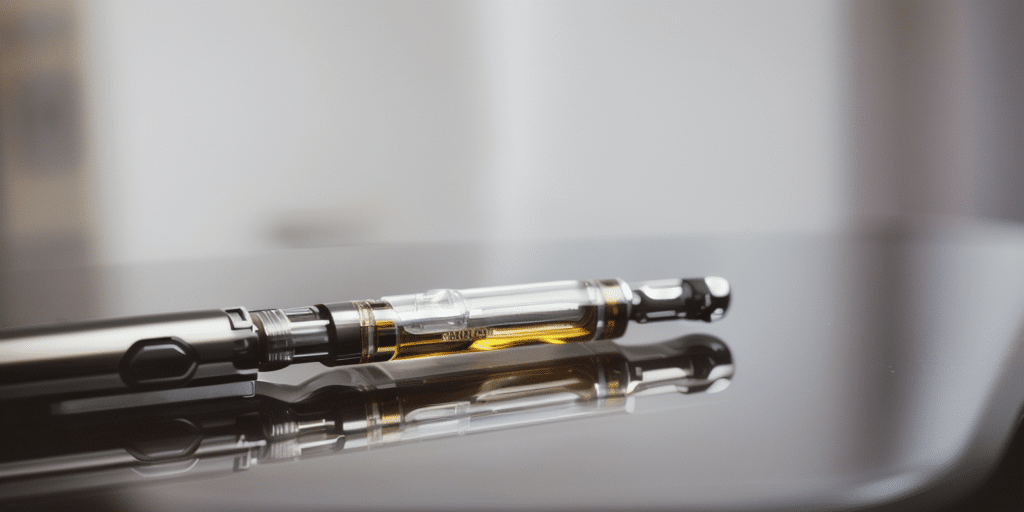
Delta-9 Acetate, or THC-O-acetate, is a potent derivative of THC that offers an intensified experience compared to traditional THC, with effects ranging from calm relaxation
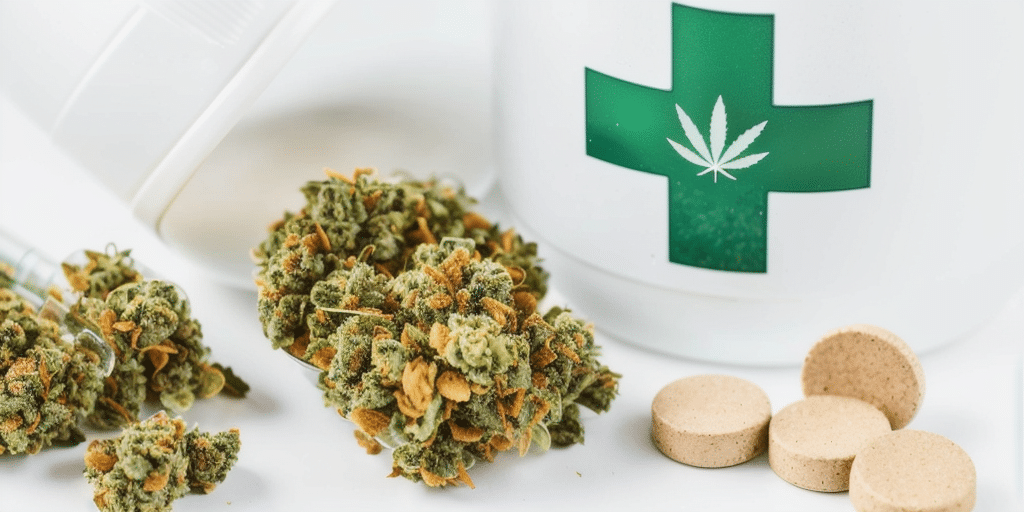
Delta 9 THC, also known as Delta 9-tetrahydrocannabinol, is a well-known cannabinoid recognized for its psychoactive effects. It’s the compound in cannabis that gets you

Delta-9, or delta-9-tetrahydrocannabinol (Delta-9-THC), is the primary psychoactive compound in marijuana responsible for its mind-altering effects, and while it does not typically cause fatal overdoses,

Mixing Delta-9 THC and alcohol can lead to heightened side effects, impaired reaction times, loss of coordination, distorted decision-making abilities, increased risk of dependency, and
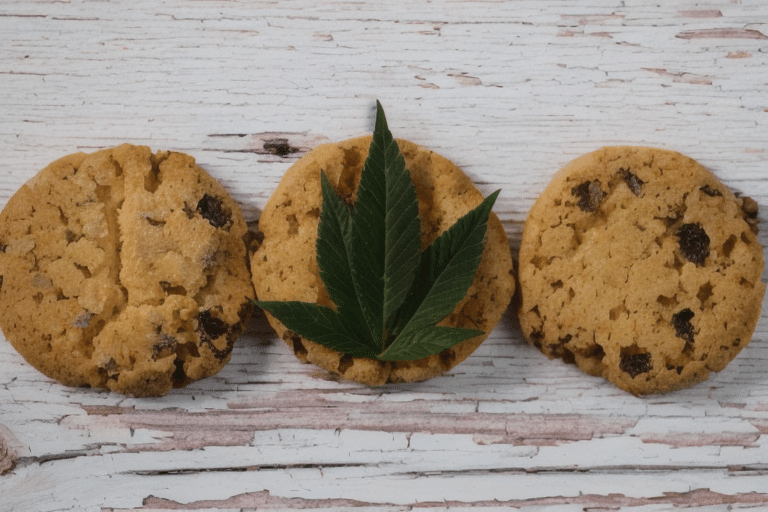
Microdosing Delta-9-THC involves consuming small amounts of this potent compound to reap its health benefits, such as improved mood, reduced stress, enhanced creativity, better sleep
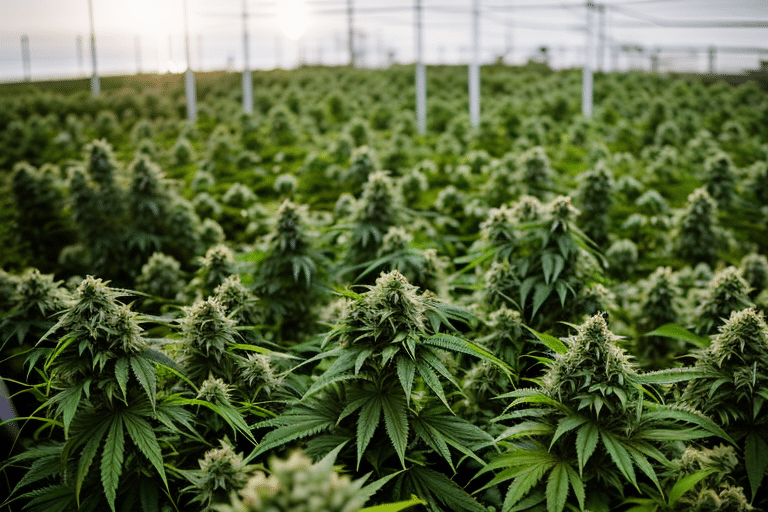
The differences between Delta-8 and Delta-9 THC lie in their potency and effects on the endocannabinoid system, and users can manage their tolerance to these

Incorporating Delta-9-THC into workout routines can potentially benefit casual fitness enthusiasts and professional athletes by enhancing focus, providing pain relief, and speeding up muscle recovery;
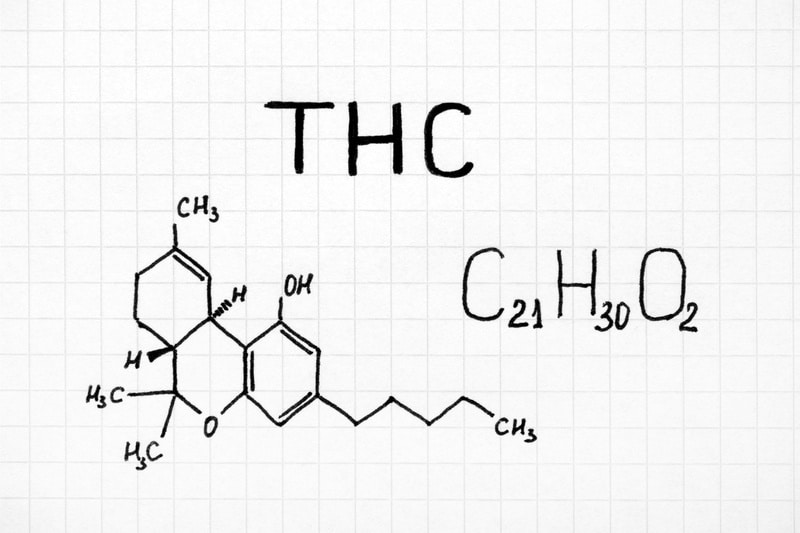
Exploring Delta 9-THC: Definition, Comparison, and Regulations Delta 9-tetrahydrocannabinol (Delta 9-THC) is a captivating molecule that has intrigued scientists, medical professionals, and recreational users alike.

If you’ve been exploring the world of cannabis, chances are you’ve come across the term Delta 9 THC (Tetrahydrocannabinol). Known for its psychoactive properties, this
Sign up for our newsletter to hear about the new CBD products we’re developing and when you can buy them.